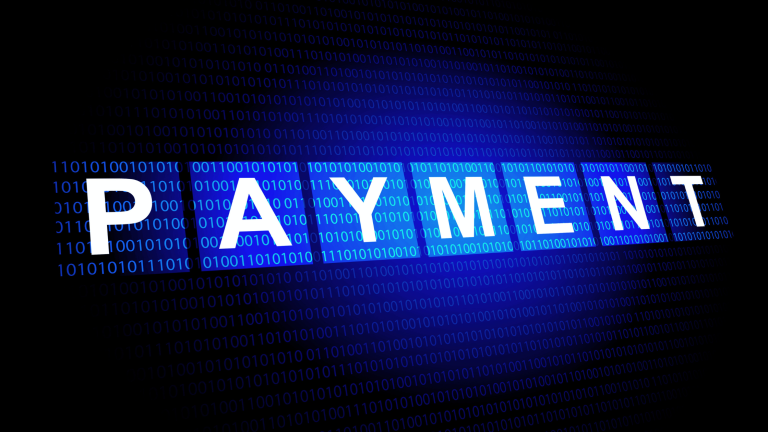The fusion of artificial intelligence and blockchain technology is opening new doors to innovation, efficiency, and decentralization. One of the crucial elements in these emerging ecosystems is Tokenomics – the design of a token’s economic model that drives its utility, sustainability, and governance.
In this article, we explore key lessons from Fetch.ai and SingularityNET, and provide a detailed, step-by-step guide to designing tokenomics for AI projects.
The Importance of Tokenomics in AI Projects
Tokenomics refers to the study and design of the economic system within blockchain projects. It outlines how tokens are distributed, how they incentivize network behavior, and how value is created and maintained. For AI projects, well-designed tokenomics:
- Drives Ecosystem Growth: Proper incentives align stakeholders, encouraging participation and contribution.
- Ensures Sustainability: Balancing supply, demand, and utility helps maintain long-term project value.
- Facilitates Governance: Tokens often empower users to participate in decentralized decision-making, fostering transparency and community trust.
Lessons from Fetch.ai and SingularityNET
Fetch.ai
Fetch.ai leverages its token to facilitate transactions within a decentralized network of autonomous agents. Its tokenomics strategy includes:
- Utility Incentives: Tokens are used to access services and pay for computational resources.
- Staking Mechanisms: Users can stake tokens to participate in network validation and earn rewards.
Tweet Illustrating Fetch.ai’s AI Wallet and FET Token Functionalities
SingularityNET
SingularityNET focuses on creating a decentralized marketplace for AI services. Its token model emphasizes:
- Decentralized Governance: Token holders influence platform development and decision-making.
- Utility and Exchange: Tokens serve as a medium for transactions, incentivizing both service providers and consumers.
Both projects demonstrate that aligning token incentives with the project’s core mission is critical to success.
Core Components of Effective Tokenomics
Before diving into our step-by-step guide, it’s important to understand the essential building blocks of tokenomics:
- Token Supply and Distribution:
Deciding between a fixed or dynamic supply, and planning fair distribution methods to prevent market manipulation. - Incentive Mechanisms:
Designing reward systems (such as staking and yield farming) that encourage active participation. - Governance Models:
Integrating decentralized governance to allow the community to shape the project’s future. - Utility and Use Cases:
Ensuring the token has clear functions—be it transaction fees, access rights, or rewards—within the ecosystem. - Economic Sustainability:
Balancing inflation and deflation to maintain the token’s value over time.
A Step-by-Step Guide to Designing Tokenomics for AI Projects
This section is the heart of our discussion, providing actionable steps to design effective tokenomics for AI projects.
Step 1: Define Objectives and Ecosystem Needs
- Set Clear Goals:
Start by identifying what your AI project aims to achieve. Whether it’s automating complex tasks, enhancing data analytics, or creating decentralized marketplaces, your goals will shape your token model. - Map Out Ecosystem Interactions:
Consider all participants – developers, users, service providers, and validators. Understand their roles and how they can interact within your ecosystem.
Example:
Fetch.ai began by targeting the need for decentralized autonomous agents that could interact without intermediaries. Their clear objectives helped them determine that their token needed to serve as both a utility and an incentive.
Step 2: Develop a Token Model
- Choose the Token Type:
Decide whether your token will be purely utility-based, have governance functions, or include security features. Your choice should align with your project’s objectives. - Determine Token Supply:
Will you opt for a fixed supply or a dynamic model that adjusts with network activity? Evaluate the pros and cons of each approach. - Outline Distribution Mechanisms:
Plan how tokens will be allocated among early adopters, developers, investors, and community members. Fair distribution is crucial to avoid market imbalances.
Example:
SingularityNET uses a distribution model that rewards early participation while ensuring ongoing liquidity and governance participation through periodic token releases.
Step 3: Establish Incentive Mechanisms
- Design Reward Structures:
Create incentives for network participation. This might include staking rewards, transaction fee discounts, or bonuses for contributing to network security. - Plan for User Engagement:
Ensure that all stakeholders are motivated to contribute to the ecosystem. Incentives should be structured to reward both short-term contributions and long-term commitment.
Example:
Both Fetch.ai and SingularityNET employ staking systems that not only secure their networks but also provide users with a tangible return on their participation.
Step 4: Integrate Governance and Community Participation
- Decentralized Decision-Making:
Establish a framework where token holders can participate in voting on critical decisions. This fosters community ownership and aligns the project with user interests. - Transparency and Communication:
Regular updates and open channels for feedback help maintain trust and ensure that the governance process remains inclusive.
Example:
SingularityNET leverages its token to empower its community, allowing stakeholders to vote on upgrades, partnerships, and key operational decisions.
Step 5: Test, Iterate, and Refine
- Pilot Programs:
Launch a pilot phase to test your tokenomics model in a controlled environment. Collect data on user behavior, network performance, and economic impact. - Iterative Feedback Loop:
Use the insights from your pilot to refine your token model. Continuous iteration helps adapt to market changes and unforeseen challenges. - Engage with the Community:
Keep an open dialogue with your users. Their feedback is invaluable for making adjustments and ensuring the model meets real-world needs.
Example:
Both Fetch.ai and SingularityNET have iterated on their token models based on community feedback and market conditions, ensuring long-term sustainability and network growth.
For more insights on integrating AI and decentralized systems, check out our internal guide on Building AI Agents for Decentralized Apps: A Step-by-Step Guide.
5-Step Guide to Designing Tokenomics For AI Projects
Challenges and Considerations
Designing tokenomics for AI projects is not without challenges:
- Regulatory Uncertainty:
Ensure compliance with local and international regulations to avoid legal pitfalls. - Market Volatility:
Develop mechanisms to buffer against rapid market fluctuations. - Security Risks:
Robust smart contract audits and risk management strategies are essential to protect against vulnerabilities. - Scalability:
Your tokenomics model should be flexible enough to scale as your project grows.
Conclusion
Effective tokenomics is a cornerstone of successful AI projects. By following a structured, step-by-step approach, you can design a token model that not only drives user engagement and network growth but also ensures long-term sustainability and robust governance.
Are you ready to design tokenomics that can power the next generation of AI projects? Share your thoughts, experiences, or questions in the comments below, and explore further insights on our website.
For professional guidance on crafting innovative tokenomics models, let’s connect with us:





